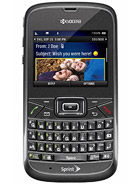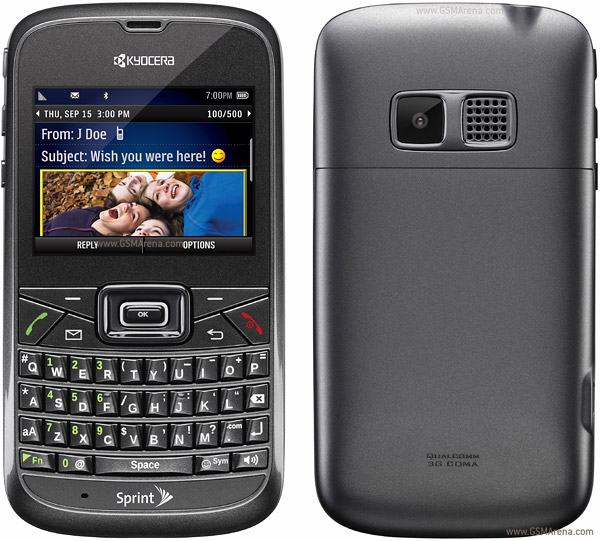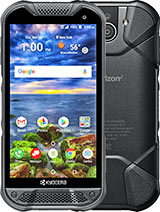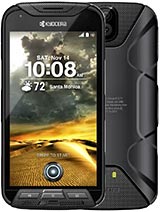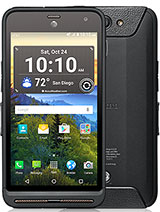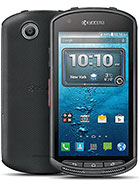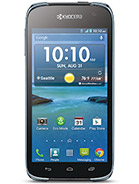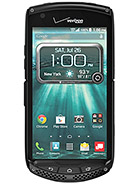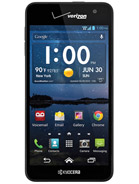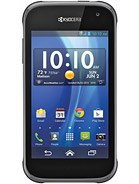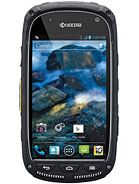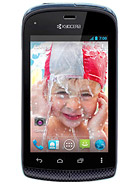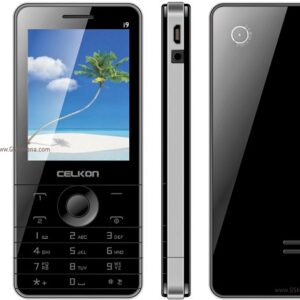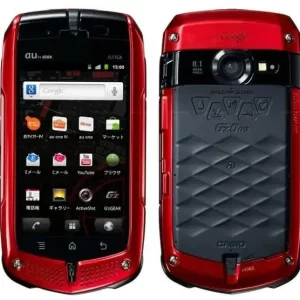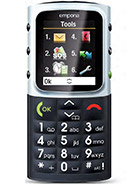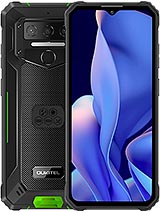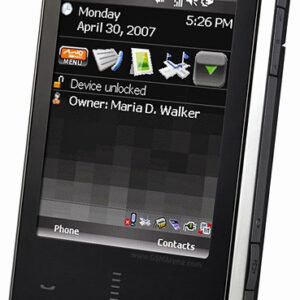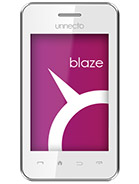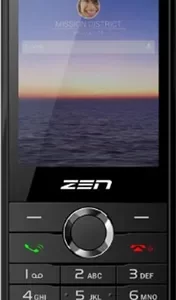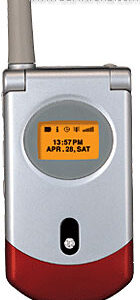Kyocera Brio Overview
The Kyocera Brio was a messaging phone released for the Sprint network in the late 2000s. It offered a classic candy bar design with a focus on communication and basic functionality.
The Brio’s defining feature was its full QWERTY keyboard, ideal for composing emails and texts with ease. It also sported a 1.3-megapixel camera for capturing casual photos and a QVGA display for viewing them. For connectivity, it included Bluetooth for hands-free calling and media streaming.
The Kyocera Brio catered to users who prioritized practicality and affordability over cutting-edge features. Its long battery life of up to 4.7 hours of talk time and support for microSD cards for expandable storage made it a reliable choice for everyday use. While it wouldn’t win any awards for performance by today’s standards, the Brio offered a solid feature set for basic communication needs at an accessible price point.
